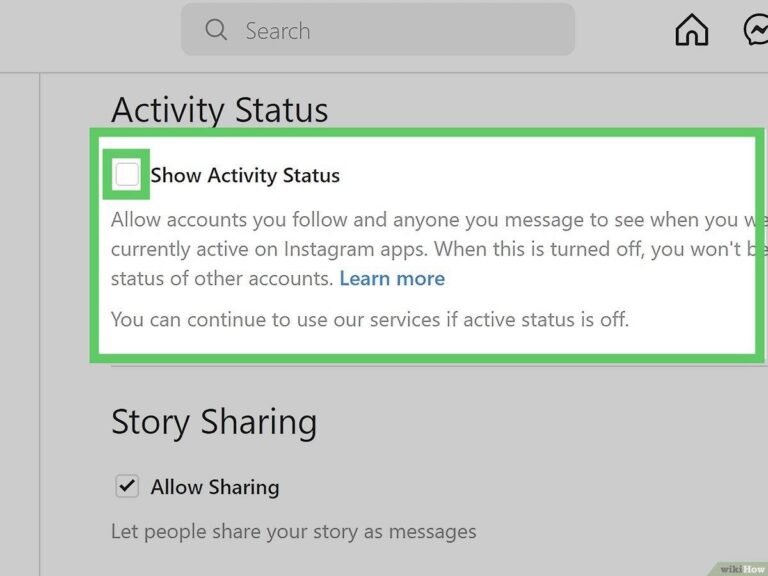The unpredictable universe never ceases to fascinate us. In one of its recent marvels, a piece of the Sun broke off, captivating humanity’s attention. This article explores this phenomenon in detail.
Share this article
Share the wild wonders of space with friends, family, and fellow astrophiles. Spreading knowledge kindles interest, encouraging everyone to learn more about our universe. Sharing this article imparts information about the awe-striking occurrence of a piece of the Sun breaking off .
At the end of this piece, use the sharing buttons to distribute this content on multiple platforms, amplifying its reach to ensure that information about such fantastic cosmic occurrences is not lost in the ether.
More From Forbes
Seeking comprehensive, authoritative coverage on the business of space? Look no further than Forbes . Our recent coverage unravels further fascinating events, including those in the solar system, which may surprise you.
Stay tuned, and you will be up to date on the latest scientific breakthroughs, striking astronomical phenomena, and technological advances in the field of space exploration .
Best Travel Insurance Companies
Space tourism, though only in its infancy, is quickly gaining interest. For any ambitious space tourists, factor in travel insurance. It’s always wise to be prepared for any milieu — including the final frontier.
Brave pioneers could analyze our well-researched list of the top Travel Insurance Companies , best suited to cater to this form of unconventional tourism. An unexpected sojourn on the International Space Station might be expensive without it!
Best Covid-19 Travel Insurance Plans
In current times, it is essential to consider Covid-19 Travel Insurance Plans . Traveling, let alone venturing into space, is fraught with uncertainties due to the global pandemic.
With the right insurance plan, you will receive coverage, not just for regular travel contingencies but also for COVID-19 related concerns. So, set your concerns aside and envisage the possibilities of reaching for the stars!
What happened on the Sun?
In a mesmerizing display of solar activity, a piece of the Sun broke off , creating what scientists refer to as a Coronal Mass Ejection. This solar event, while not detrimental to Earth, provides vital knowledge about how our Sun behaves.
Understanding these stellar phenomena leads to better predictions about solar behavior, which in turn, helps in safeguarding our technological advancements from harmful solar flares.
Solar Orbiter and ‘solar maximum’
The Solar Orbiter , a joint venture by NASA and the European Space Agency, orbits our star, collecting critical information during its journey. The possibility of reaching a ‘solar maximum’—a period of intense solar activity—is a primary focus of this mission.
Such a period offers an excellent chance to study and comprehend the Sun’s magnetic field and its influence on solar winds, leading to enriched knowledge about our star.
Why wasn’t JWST pointed at the Sun?
The James Webb Space Telescope (JWST) wasn’t directed at this event. The JWST is primarily designed to look at distant stars and galaxies, helping us understand the origins and structure of the universe.
Though it might seem logical to point the telescope at our star, the telescope could get severely damaged by the Sun’s intense light. Therefore, dedicated solar telescopes, like the Solar Orbiter, are better suited for observing our star.
| Section | Summary |
|---|---|
| What happened on the Sun? | A piece of the Sun broke off, also known as a Coronal Mass Ejection. |
| Solar Orbiter and ‘solar maximum’ | The Solar Orbiter mission focuses on studying the Sun’s magnetic field and solar winds during the ‘solar maximum.’ |
| Why wasn’t JWST pointed at the Sun? | The JWST wasn’t pointed at the Sun to protect it from intense solar radiation. Specialized solar observatory missions, like Solar Orbiter, deal with such studies. |
Next Steps
Moving forward, scientists around the globe will continue to study and analyze this event using data gathered by solar observation missions. Understanding these solar events brings us one step closer to unlocking the secrets of our universe.
So, keep your eyes on the skies and prepare to be amazed as even more discoveries unfold— the journey through the cosmos is just beginning!






